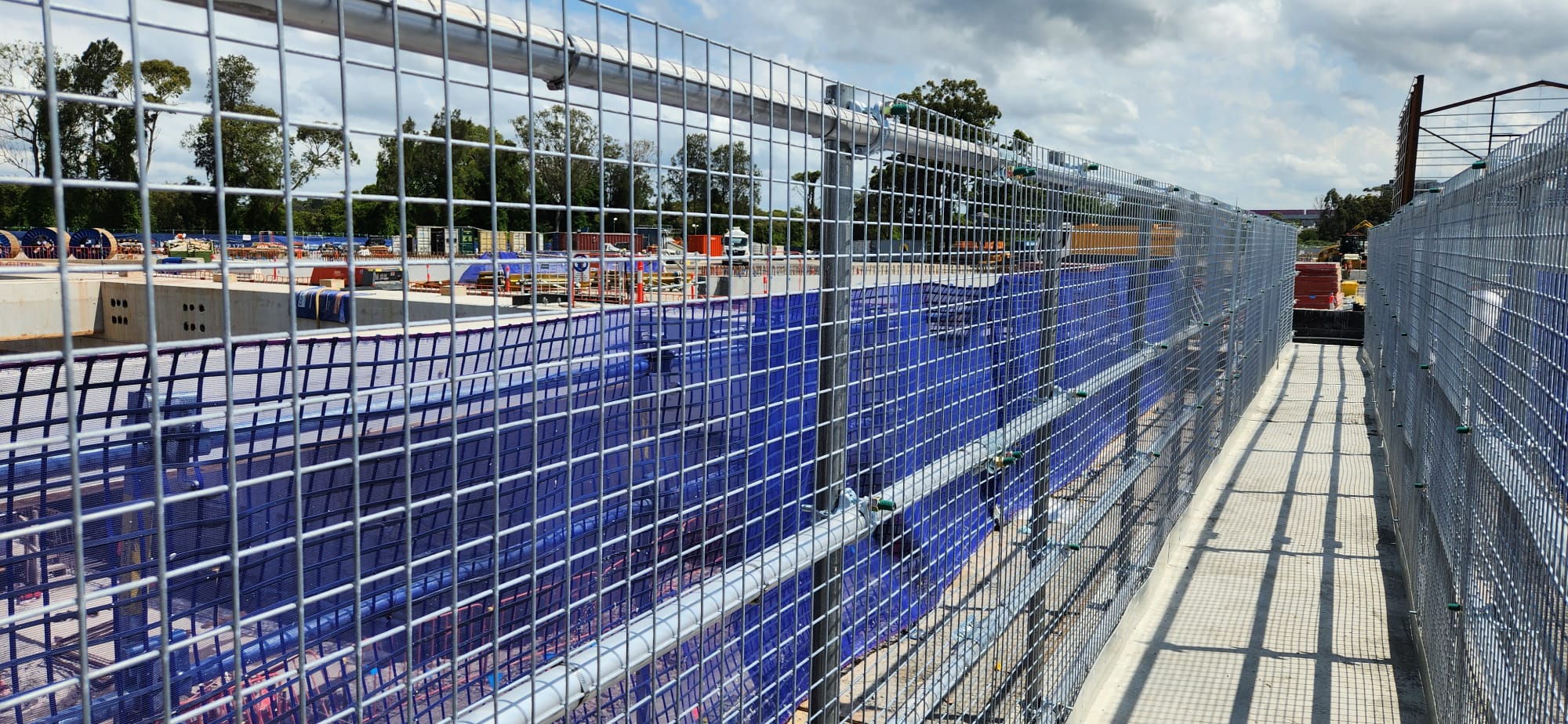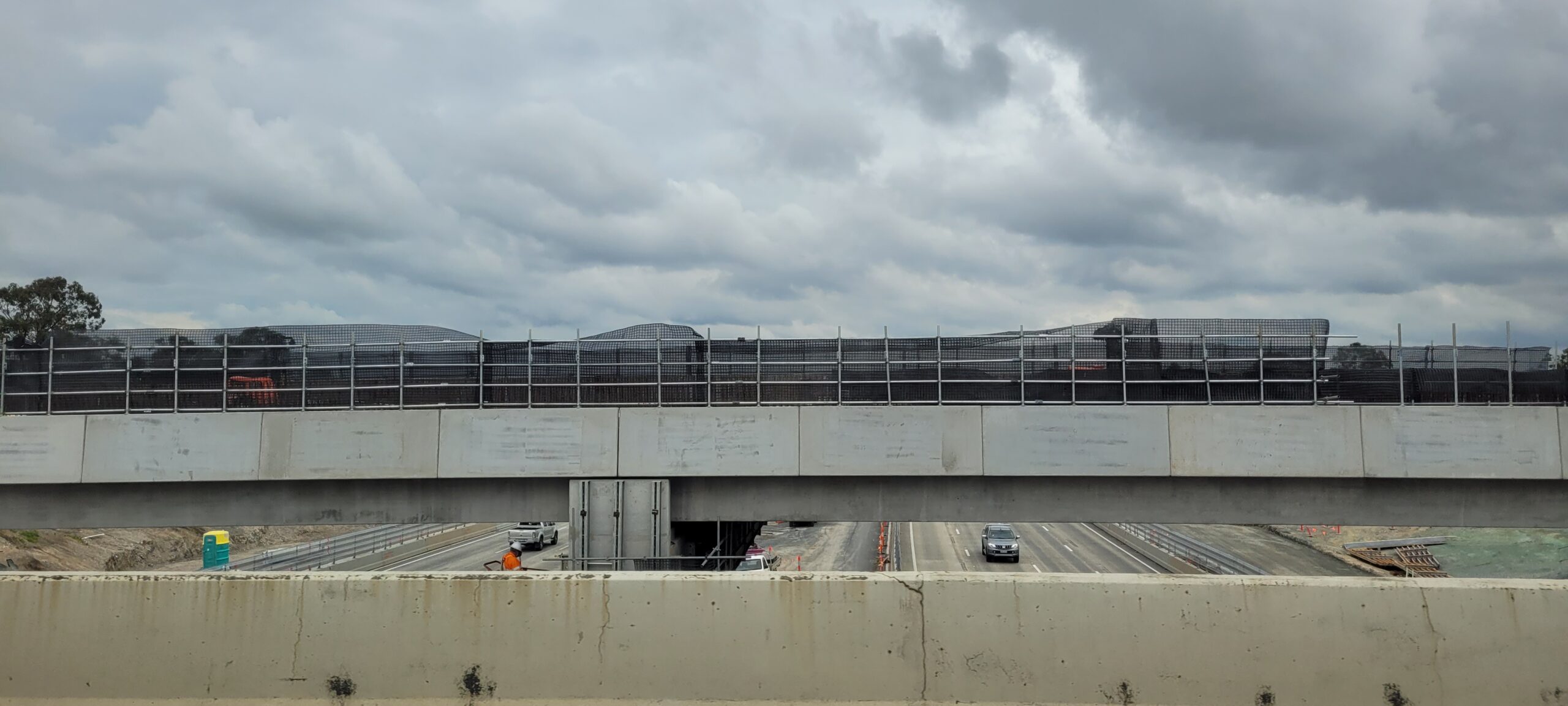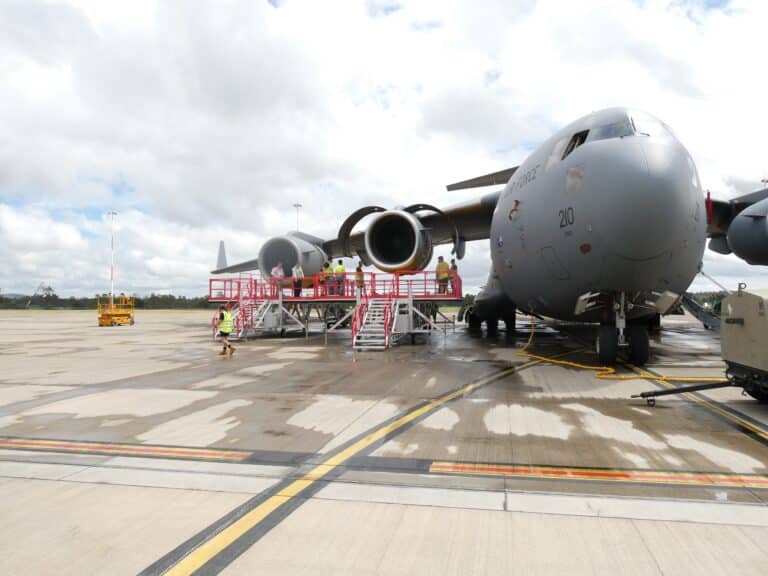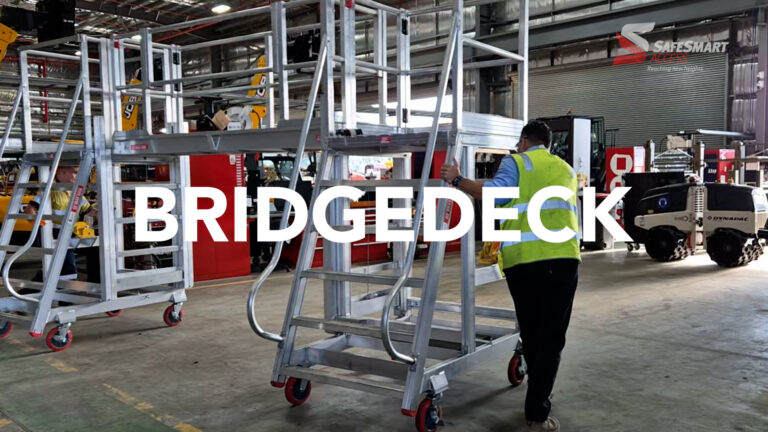Silica dust, a silent yet formidable adversary in the construction world, has long posed significant health risks to workers. Minimising workers’ exposure to harmful silica dust is of increasing concern.
To this end, several innovative drilling solutions have been devised and implemented, but these have all aimed to reduce exposure. The Non-drill Post & Handrail system completely eliminates any exposure to silica by eliminating the need for drilling entirely.
Understanding Silica Dust
Silica is a prevalent mineral, scientifically termed silicon dioxide. This mineral can be found in two distinct forms: crystalline and amorphous. The crystalline variant is recognised as quartz, a primary component in materials like sand, stone, concrete, and mortar.
Different rocks and construction materials have varying concentrations of crystalline silica. For instance, granite typically comprises between 25% and 40% silica. In contrast, engineered composite stones can have a silica concentration exceeding 90%.
Concrete aggregates might have an approximate silica composition of around 30%.
In the year 2021, a concerning report from WorkSafe Australia revealed that 73 claims were accepted from workers who had contracted diseases linked to silica exposure in their workplace. Tragically, this exposure resulted in the loss of five lives.
Furthermore, data sourced from Artibus suggests that an alarming estimate of 230 Australians annually are diagnosed with lung cancer, a consequence of past silica exposure. This underscores the pressing need for effective measures to mitigate silica-related hazards in the workplace.
Silica Dust Controls

Safe To Work highlights that the Queensland Government has rolled out new safety measures, particularly focusing on silica dust. This dust can lead to silicosis, a severe lung disease. The introduced code sets firm standards to lessen the risk associated with this dust.
Furthermore, Queensland has pioneered a Silica Code of Practice in Australia for managing silica dust in the construction and manufacturing sectors. This code was crafted after discussions with unions, employers, and experts, and it’s grounded in thorough research.
Master Builders Queensland points out several criteria that must be adhered to. This encompasses the use of protective respiratory gear, setting limits on the duration workers are exposed to the dust, and maintaining specific records.
This innovative code sets a standard that other Australian states might soon adopt. It underscores Queensland’s proactive approach to ensuring the health and safety of workers in industries where there’s a risk of silica dust exposure.
How can Non-Drill Help?
The Non-Drill Post & Handrail System presents a groundbreaking solution in the fight against silica exposure in the construction and related industries. Here’s how:
Risk Mitigation
Silica dust exposure poses serious health risks, including respiratory diseases like silicosis. The potential legal, financial, and reputational risks associated with worker health issues simply cannot be ignored. By opting for the Non-drill system, it’s possible to ensure the health and safety of workers.
The primary advantage of the Non-Drill system is evident in its name, by connecting to lifting anchors on precast structures, including hairpin anchors. In turn, this installation method eliminates the need for drilling into materials like concrete, the system ensures that silica contamination released into the air is eliminated. This directly reduces the risk of workers inhaling harmful silica particles.
Safety Compliance
Adhering to safety standards and mitigating silica dust exposure is a critical aspect of any job site. The Non-drill system is fully compliant with AS 1170.1 and AS 1657-2018. This means that you don’t have to compromise on safety or compliance while also greatly reducing further risks of silica exposure.
Cost Savings
By eliminating the need for drilling, the Non-drill Post & Handrail System offers a key advantage in terms of cost savings. With reduced drilling, there’s a decreased risk of generating airborne silica dust, which often requires costly measures for containment and cleanup. By minimising the creation of silica dust, it’s possible to avoid further expenses associated with dust control measures, ensuring that project budgets remain intact.
Time Efficiency
Time might be money, but it’s a major factor in exposure to silica dust. The Non-drill system’s ability to connect directly to precast structures’ lifting anchors significantly speeds up installation. This means less time spent in potentially dusty environments, thereby minimising workers’ exposure to harmful silica dust particles. Prioritising workers’ health by reducing their exposure to hazardous materials contributes to long-term operational efficiency.
Long-term Cost Reduction
Beyond immediate cost savings, avoiding silica dust generation has long-term financial benefits. Silica dust-related health issues can lead to increased healthcare costs, absenteeism, and turnover among workers.
By using the Non-drill system and reducing the creation of silica dust, preventing these potential ongoing costs becomes a real option, all while demonstrating a commitment to maintaining a healthy workforce.
Streamlined Operations
The Non-drill system’s standardised installation process simplifies operations, meaning that crews can be trained to install the system efficiently, ensuring consistent quality across projects. This streamlining of operations leads to reduced training time, minimised chances of errors, and enhanced overall project management.
By eliminating drilling, offering versatile connections, meeting stringent industry standards, and providing financial advantages, the Non-drill Post & Handrail system addresses the most pressing challenges faced by construction companies. Its potential to enhance safety, reduce costs, and streamline processes makes it an indispensable asset for any construction company striving to deliver excellence in the Australian construction landscape.
What do clients say?

“There was a late change in how our riser working platforms had to be used, and after struggling to find a handrail system that met our lifting requirements, a colleague recommended Non-Drill. At that point, our operations had come to a halt. I reached out to Non-Drill with our specifications at 3:30 pm, and by 5:30 pm, Paul had already shared preliminary sketches for a collapsible fall protection handrail system. Impressively, by 8:30 am the next day, they had constructed a prototype and sent me a demonstration video. Paul and his team were on site by the afternoon, installing the system. The entire process, from briefing to design, prototype creation, and installation, was completed in just 24 hours. The speed and efficiency with which they delivered a custom-built system were truly remarkable. I hadn’t imagined such a swift turnaround was possible.”
– Michael Cain
Project Engineer
BUILT.
Act Now for a Safer Construction Site
The risks associated with silica dust exposure in the construction sector are undeniable. The emphasis on collaboration with unions, employers, and experts in the creation of the Queensland Government’s Work, Health, and Safety silica dust control code ensures that it is both practical and effective.
As more regions recognize the importance of such measures, it’s anticipated that innovative solutions like NON-DRILL will become standard practice, offering a safer and more efficient alternative to traditional construction methods.
Don’t merely react to the challenges; be at the forefront of change. Prioritise the well-being of your team and adopt a system that aligns with the highest industry benchmarks.
Reach out to us today to discover more about the Non-Drill System. Elevate your construction practices, ensuring safety and efficiency for all involved. Your team’s health and your project’s success are paramount.






